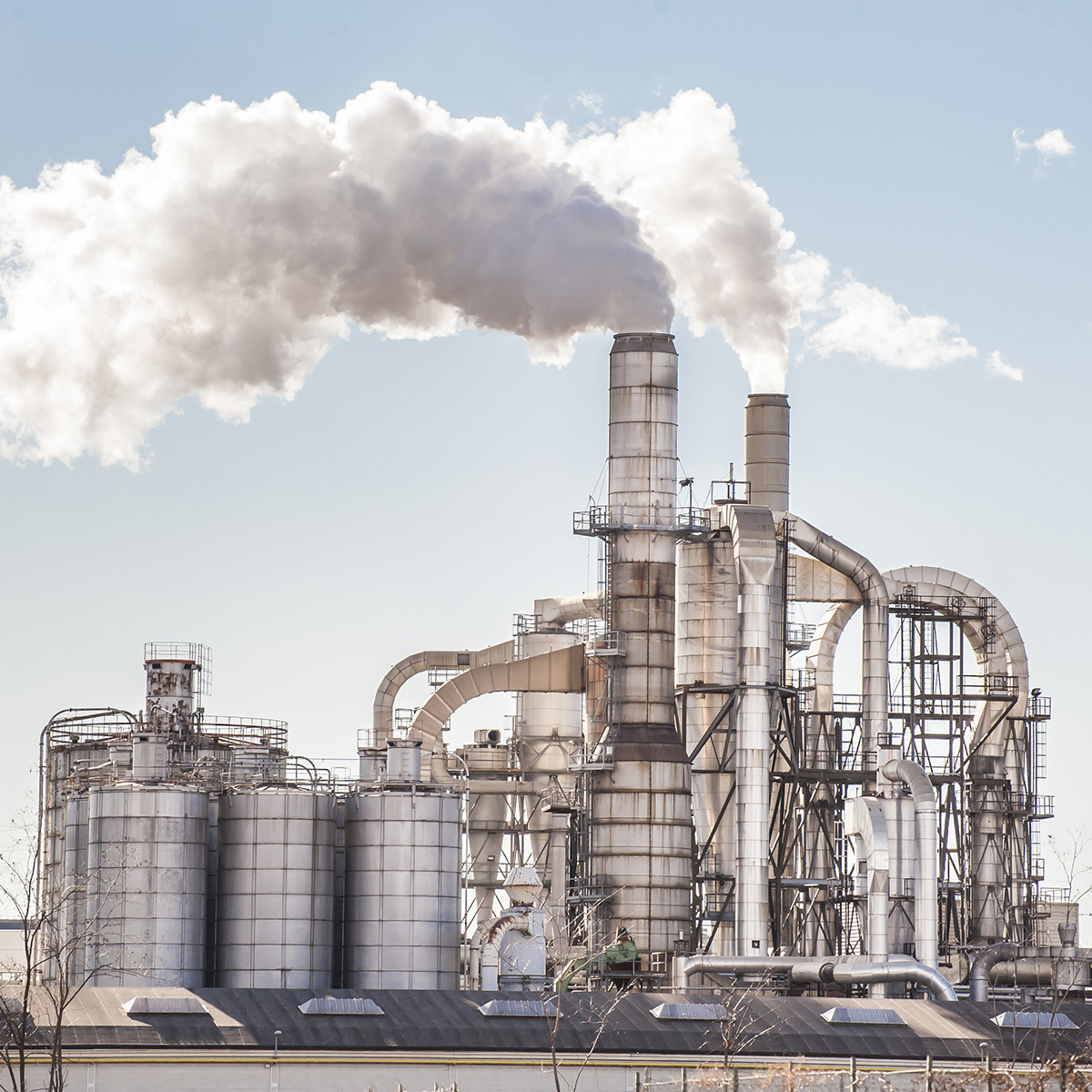Lime plays a major role in controlling air pollution from power plants. It is used to treat flue gases to remove acidity, in particular sulfur dioxide (SO2) and hydrogen chloride (HCl).

Graymont’s lime and limestone products can be used in both wet and dry flue-gas desulfurisation (FDG) processes. In these processes, the acidic gases combine with lime to form a dry product that is removed from the flue-gas stream in particulate-control devices, such as baghouses or electrostatic precipitators.
In wet FDG processes, typically lime or limestone is slurried with water and sprayed into a flue-gas scrubber vessel. The acidic gases, normally SO2 and HCl, are absorbed into the water where they chemically react with the lime and limestone. Gasses are precipitated out as a wet solid.
There are three basic types of dry FGD processes.
(1) Dry-injection processes inject dry hydrated lime directly into the flue-gas stream.
(2) Spray-dryer processes inject finely atomized lime slurry into a separate vessel. Water from the slurry is evaporated before the solids contact the vessel walls.
(3) Circulating dry-scrubbing processes inject dry hydrated lime or humidified pulverized quick lime into a separate reaction vessel.
Graymont can assist with all of these applications and can also provide technical support.
Additional Resources
Acknowledgement
- Graymont would like to acknowledge and thank the National Lime Association for access to downloadable and freely available material.
